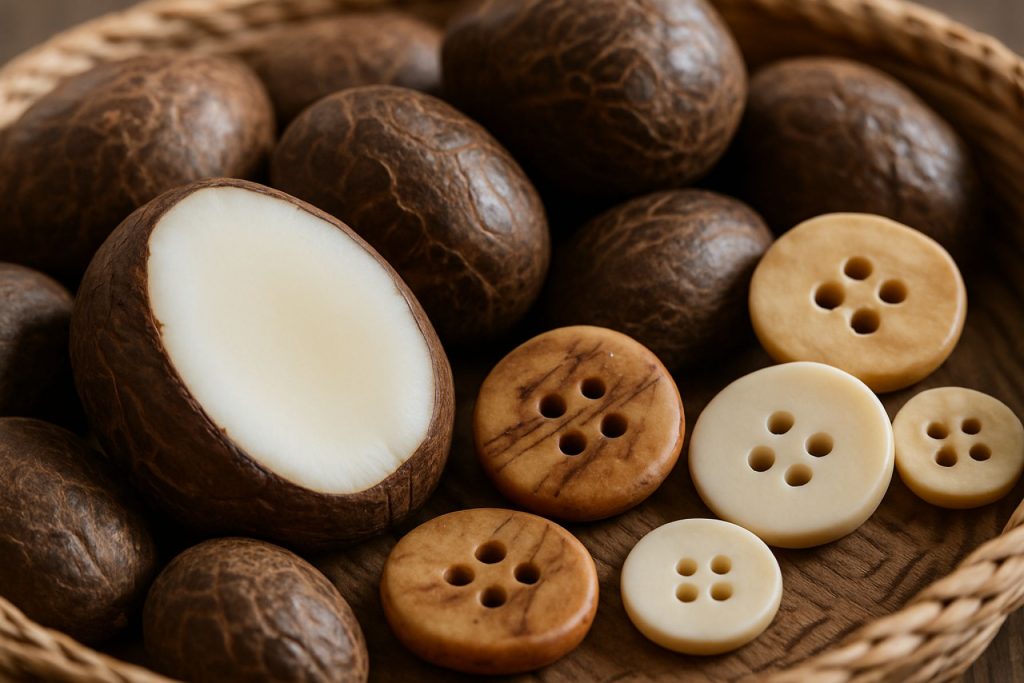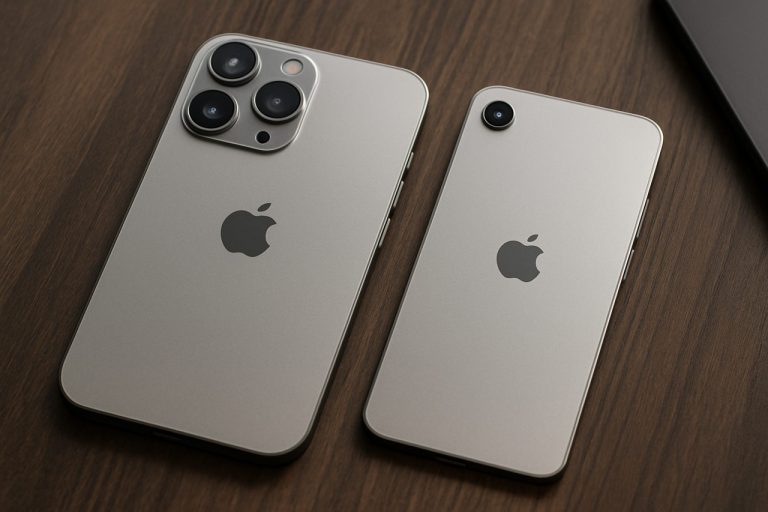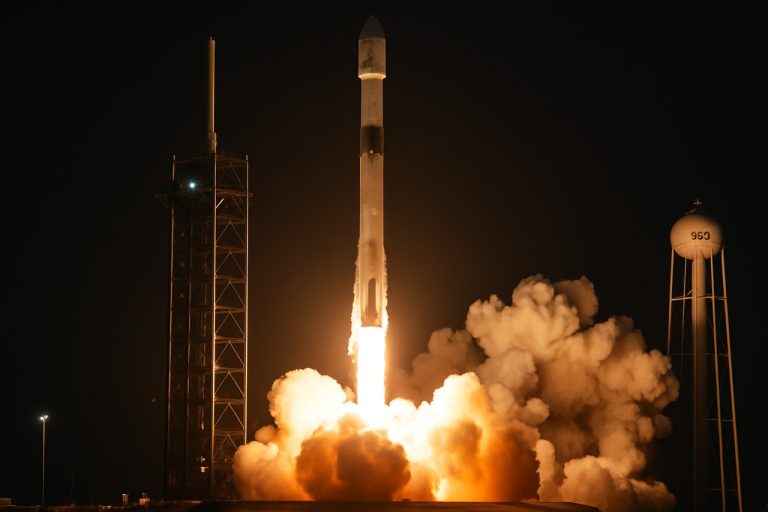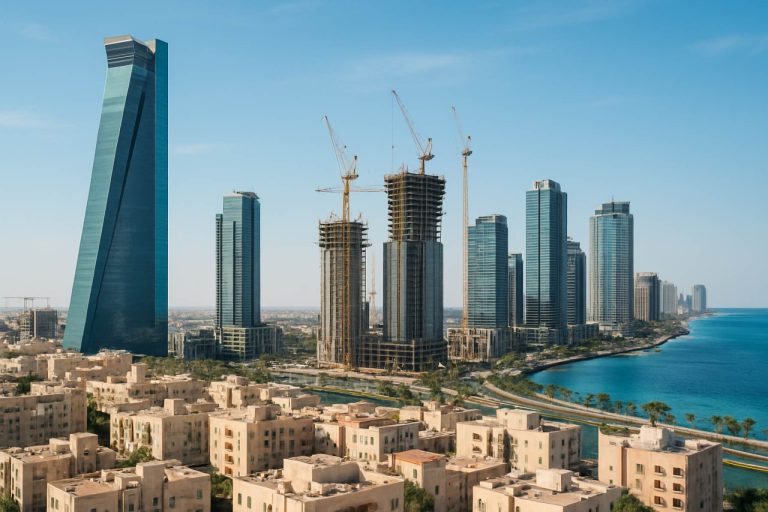
Discover the Remarkable World of Vegetable Ivory: Nature’s Answer to Plastic and Animal Ivory. Explore How This Unique Material is Shaping Sustainable Fashion and Craftsmanship.
- What is Vegetable Ivory? Origins and Botanical Sources
- Harvesting and Processing: From Palm Nut to Finished Product
- Environmental Impact: Sustainability and Conservation Benefits
- Traditional and Modern Uses: From Buttons to Jewelry
- Vegetable Ivory vs. Animal Ivory and Plastics: A Comparative Analysis
- Economic and Social Impacts on Local Communities
- Challenges and Future Prospects for Vegetable Ivory
- Sources & References
What is Vegetable Ivory? Origins and Botanical Sources
Vegetable ivory, also known as tagua, refers to the hard, ivory-like endosperm of seeds from several palm species, most notably the Phytelephas genus native to the rainforests of South America. The term “vegetable ivory” highlights its plant-based origin and its close resemblance to animal ivory in color, texture, and workability. The primary botanical source is the Phytelephas aequatorialis, commonly called the ivory-nut palm, which grows predominantly in Ecuador, Colombia, and Peru. Other species, such as Phytelephas macrocarpa and Phytelephas seemannii, also contribute to the production of vegetable ivory, though to a lesser extent.
The use of vegetable ivory dates back centuries among indigenous peoples of the Amazon, who valued the material for its durability and aesthetic qualities. With the rise of conservation movements and restrictions on animal ivory trade in the late 19th and early 20th centuries, vegetable ivory gained international prominence as a sustainable alternative. Its seeds are harvested after naturally falling to the forest floor, ensuring minimal environmental impact and supporting local economies without harming the palms themselves.
Today, vegetable ivory remains an important non-timber forest product, celebrated for its ecological benefits and role in reducing pressure on elephant populations. Its unique properties have made it a preferred material for buttons, jewelry, and artisanal crafts, fostering both cultural heritage and biodiversity conservation in its regions of origin (Royal Botanic Gardens, Kew; Convention on International Trade in Endangered Species of Wild Fauna and Flora (CITES)).
Harvesting and Processing: From Palm Nut to Finished Product
The journey of vegetable ivory from palm nut to finished product is a meticulous process that combines traditional knowledge with modern techniques. Vegetable ivory is primarily sourced from the seeds of the Phytelephas palm, native to the rainforests of South America. Harvesting typically occurs when the mature fruit naturally falls to the forest floor, ensuring minimal environmental impact and promoting sustainable practices. Local communities collect these fruits, extract the seeds, and allow them to dry for several weeks. This drying process hardens the seeds, transforming their initially soft, white interior into a dense, ivory-like material suitable for carving and shaping.
Once dried, the seeds are cleaned and sorted by size and quality. Artisans then cut the seeds into manageable pieces, often using saws or specialized tools. The outer brown skin is removed to reveal the smooth, creamy-white core. This core is then shaped, carved, or lathe-turned into various products such as buttons, jewelry, and decorative items. The material’s fine grain and uniform texture allow for intricate detailing and polishing, resulting in a lustrous finish that closely resembles animal ivory.
Throughout the process, waste is minimized, as even the smallest fragments can be used for inlays or smaller objects. The entire supply chain often supports local economies and incentivizes rainforest conservation, as the palms are more valuable standing than cut down. This sustainable approach is recognized and promoted by organizations such as the Rainforest Alliance and the WWF, highlighting vegetable ivory as a responsible alternative to animal ivory.
Environmental Impact: Sustainability and Conservation Benefits
Vegetable ivory, derived primarily from the seeds of the Phytelephas palm native to South America, is increasingly recognized for its positive environmental impact, particularly in the realms of sustainability and conservation. Unlike animal ivory, which is sourced from endangered elephants and other mammals, vegetable ivory is a renewable resource. The harvesting process does not harm the parent palm trees, as the seeds are collected after they naturally fall to the ground, ensuring the continued health and regeneration of the forest ecosystem. This sustainable harvesting method supports biodiversity and helps maintain the integrity of tropical rainforests, which are critical carbon sinks and habitats for countless species (World Wildlife Fund).
The use of vegetable ivory also provides significant conservation benefits by offering a viable alternative to animal ivory, thereby reducing the demand for illegal poaching and trade in elephant tusks. This shift not only aids in the protection of threatened wildlife but also encourages local communities to engage in sustainable economic activities. By participating in the collection and processing of vegetable ivory, these communities gain financial incentives to preserve their natural environment rather than converting forests for agriculture or logging (International Union for Conservation of Nature). Furthermore, the low-impact nature of vegetable ivory production, which requires minimal processing and avoids toxic chemicals, contributes to a smaller ecological footprint compared to synthetic or animal-based materials. As a result, vegetable ivory stands out as a model for sustainable resource use and conservation-driven economic development.
Traditional and Modern Uses: From Buttons to Jewelry
Vegetable ivory, primarily derived from the seeds of the South American tagua palm, has a long history of use in both traditional and modern crafts. Traditionally, its dense, ivory-like texture made it an ideal substitute for animal ivory, especially in the production of buttons during the late 19th and early 20th centuries. In fact, before the advent of plastics, vegetable ivory was a major material for button manufacturing in Europe and North America, prized for its durability and ability to be intricately carved and polished Victoria and Albert Museum. Artisans also used it for small decorative objects, chess pieces, and sewing tools, capitalizing on its resemblance to true ivory without the ethical concerns associated with elephant poaching.
In contemporary times, vegetable ivory has experienced a resurgence, particularly in the fashion and jewelry industries. Modern designers value it for its sustainability and unique aesthetic qualities, crafting it into beads, pendants, earrings, and other accessories. Its natural color variations and ability to absorb dyes allow for a wide range of artistic expression. Additionally, the use of vegetable ivory supports local economies in producing regions, providing an alternative income source that encourages the conservation of native forests Rainforest Alliance. As consumer demand for ethical and eco-friendly materials grows, vegetable ivory continues to evolve from a utilitarian material into a symbol of sustainable luxury and responsible design.
Vegetable Ivory vs. Animal Ivory and Plastics: A Comparative Analysis
Vegetable ivory, primarily derived from the seeds of the South American tagua palm, has emerged as a sustainable alternative to both animal ivory and synthetic plastics. In terms of environmental impact, vegetable ivory is markedly superior to animal ivory, which is sourced from elephant tusks and has contributed to the decline of elephant populations and the proliferation of illegal poaching. The harvesting of tagua nuts does not harm the parent plant, making it a renewable resource that supports forest conservation and provides economic incentives for local communities to protect natural habitats rather than clear them for agriculture or logging (World Wildlife Fund).
When compared to plastics, vegetable ivory offers significant ecological advantages. Plastics, derived from fossil fuels, are non-biodegradable and contribute to pollution and microplastic contamination in ecosystems. In contrast, vegetable ivory is biodegradable and does not release toxic substances during decomposition. Its production also has a lower carbon footprint, as it does not rely on petroleum-based processes (United Nations Environment Programme).
Functionally, vegetable ivory closely mimics the density, color, and workability of animal ivory, making it suitable for crafting buttons, jewelry, and decorative items. While plastics can be molded into a wider variety of shapes and colors, they lack the natural aesthetic and tactile qualities of vegetable ivory. Furthermore, the use of vegetable ivory supports ethical consumerism by reducing demand for both animal ivory and environmentally damaging plastics, aligning with global efforts to promote sustainable materials (International Union for Conservation of Nature).
Economic and Social Impacts on Local Communities
The harvesting and trade of vegetable ivory, primarily sourced from the seeds of the tagua palm (Phytelephas spp.) in South America, have significant economic and social impacts on local communities. In regions such as Ecuador, Colombia, and Peru, the collection and processing of tagua seeds provide a sustainable source of income for rural families, often serving as an alternative to logging or other environmentally damaging activities. The industry supports thousands of jobs, from seed gatherers and artisans to exporters, and is particularly important in areas with limited economic opportunities. By promoting the use of vegetable ivory, local economies benefit from the added value of handcrafted products, such as buttons, jewelry, and decorative items, which are exported to international markets and fetch higher prices than raw materials alone.
Socially, the vegetable ivory trade fosters community cohesion and the preservation of traditional skills, as many families and cooperatives are involved in the artisanal transformation of tagua seeds. This empowerment is especially notable among women, who often play a central role in the crafting and marketing of tagua products. Furthermore, the industry encourages the conservation of rainforests, as the tagua palm thrives in undisturbed habitats, providing a direct incentive for communities to protect their natural environment rather than clear it for agriculture or cattle ranching. International organizations and fair-trade initiatives have also contributed to improving working conditions and ensuring equitable profit distribution among producers (Rainforest Alliance; Fairtrade International). Thus, the vegetable ivory industry exemplifies how sustainable natural resource use can drive both economic development and social well-being in vulnerable regions.
Challenges and Future Prospects for Vegetable Ivory
Vegetable ivory, primarily derived from the seeds of the Phytelephas palm, has garnered attention as a sustainable alternative to animal ivory and synthetic plastics. However, its broader adoption faces several challenges. One significant issue is the limited and region-specific supply, as the palms are native to certain areas of South America, making large-scale cultivation and consistent supply chains difficult to establish. Additionally, the harvesting and processing of vegetable ivory are labor-intensive, often relying on traditional methods that can limit scalability and increase costs compared to mass-produced plastics or other materials Royal Botanic Gardens, Kew.
Market awareness and consumer education also present hurdles. Many consumers remain unfamiliar with vegetable ivory, and its benefits as an eco-friendly material are not widely publicized. This lack of awareness can hinder demand and investment in the sector. Furthermore, the durability and workability of vegetable ivory, while suitable for small items like buttons and jewelry, may not match the versatility of plastics for broader industrial applications Rainforest Alliance.
Looking ahead, the future prospects for vegetable ivory depend on addressing these challenges. Innovations in cultivation, processing technology, and supply chain management could enhance scalability and reduce costs. Increased collaboration with indigenous communities and sustainable certification schemes may also boost market appeal. As global demand for sustainable materials grows, vegetable ivory could play a more prominent role, provided these obstacles are met with targeted solutions and greater public engagement CITES.
Sources & References
- Royal Botanic Gardens, Kew
- Rainforest Alliance
- WWF
- International Union for Conservation of Nature
- Victoria and Albert Museum
- United Nations Environment Programme
- Fairtrade International



